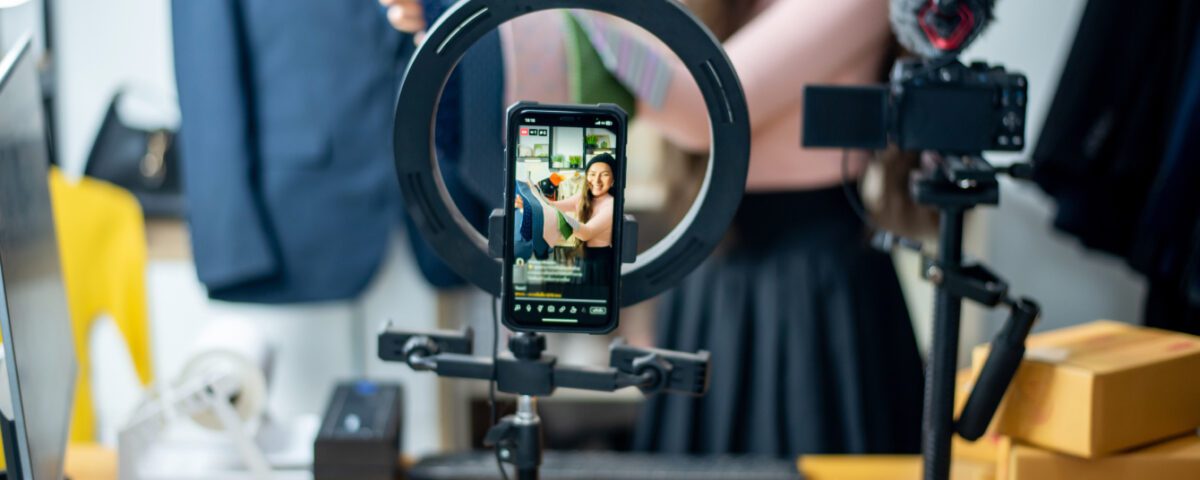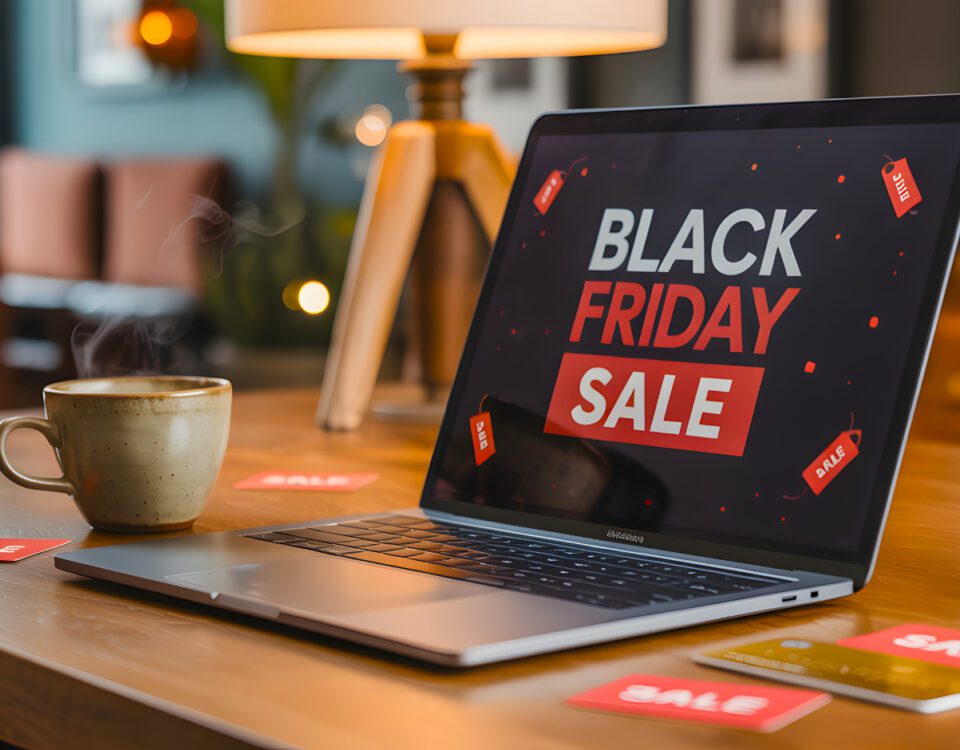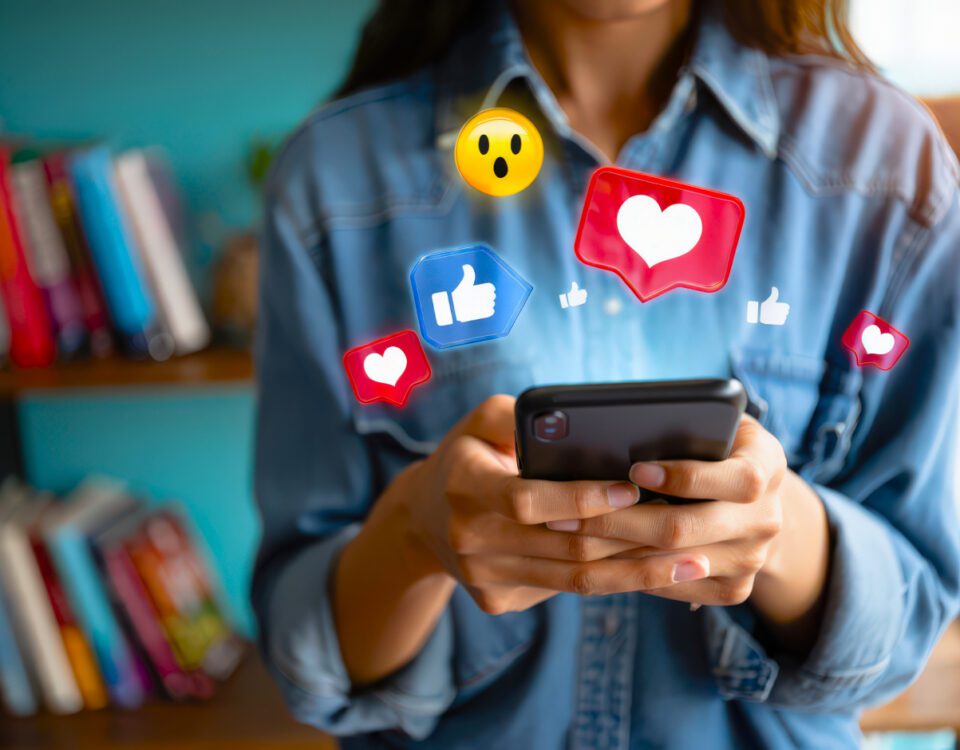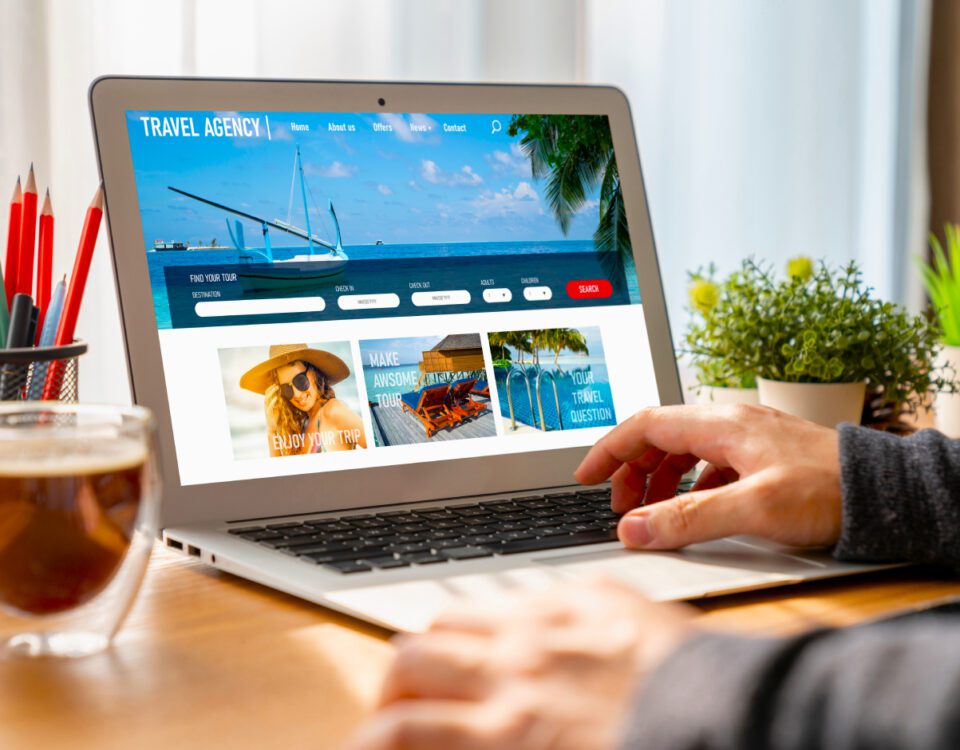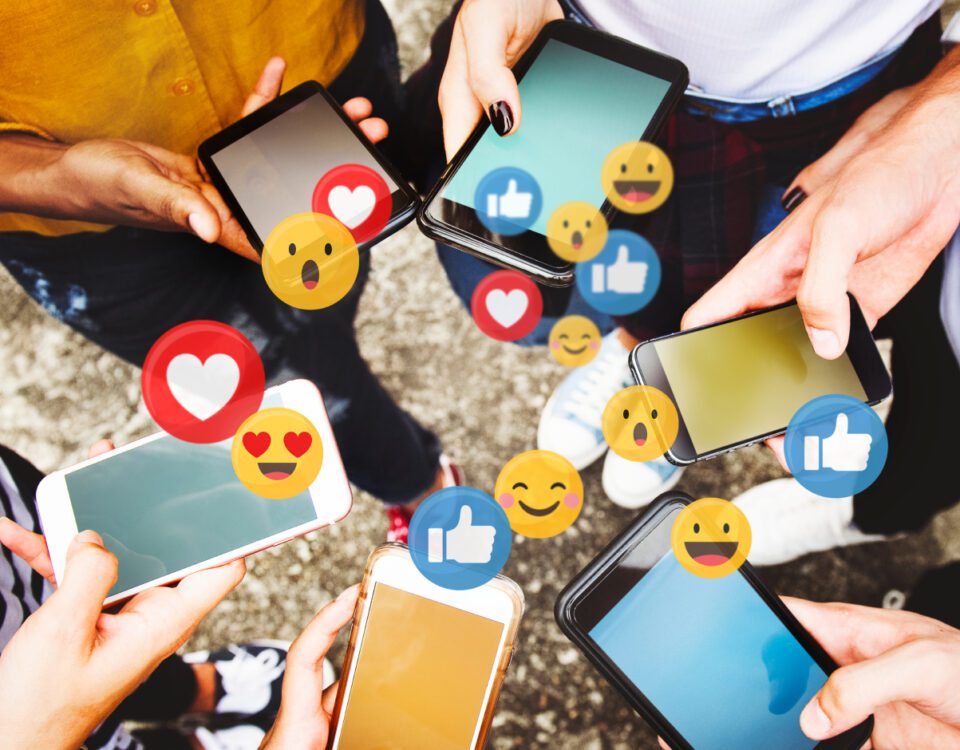
Influencer Marketing in 2025: The Latest Trends & Stats
Thursday 8th May 2025
 by Beth Perrin
by Beth Perrin
Share
Influencer marketing is entering a new era. Just like many forms of marketing, it has had to adapt to stay relevant within the ever-changing digital landscape, meaning both brands and influencers may need to rethink their strategies and bring something new to the table in 2025. Whether your brand has already established a base of influencer partnerships or wants to launch some this year, read on to discover the latest trends and how to approach them in order to achieve great results.
Long-Term Partnerships
Firstly, one-off influencer content is becoming less popular and instead, brands are looking to forge long-term partnerships with creators. This means influencers are starting to act more like brand ambassadors, showcasing brands and their products over an extended period of time. After all, it takes a while to build enough trust with audiences to generate sales, so it makes sense that brands are beginning to favour long-term collaborations that are often more authentic and therefore more effective than shorter ones.
In these types of partnerships there’s ongoing support, as both the influencer and the brand have a vested interest in the relationship’s success. Both parties want to work hard to achieve a goal collectively (whether that’s brand awareness, market growth or sales oriented), and long-term partnerships = long-term value. What’s more, new customers generated from these collabs often become a brand’s most loyal fans, because they’ve had enough time to build a real affinity with the brand and its vision, as well as the influencer it has partnered with.
It’s worth noting however that it can take slightly longer to see a return on investment (ROI) from longer partnerships, as there may be higher costs involved in setting up and committing to them. This is because many influencers have fairly large fees that need to be paid upfront to cover their time, effort and impact.
Sustainability & Multi-Use Products
Around 80% of consumers now say they are prepared to pay more for sustainability, and more than a third of them agree that their trust in brands would be improved if they were recognised as an ethical or sustainable provider by an independent third party. There’s also been a 71% global rise in online searches for sustainable goods over the past five years.
This means it’s never been more important for brands to look at improving the eco-friendliness of their products and processes, and partner with influencers who care about the planet and waste reduction. Gen Z in particular are turning away from fast fashion and single-use items, and aren’t afraid to voice their criticisms in the comments of content made by influencers who promote unsustainable products and activities.
In contrast, 77% of social media users support creators who encourage their audience to behave in an environmentally friendly way, and 72% support them selling products or services focused on sustainability.
The Age of AI
Here at 3sixfive, we’re all about the human approach to social media, so we would recommend using AI sparingly and cautiously. However, right now in 2025, there’s no denying that it’s transforming the marketing landscape - and therefore changing the influencer marketing space too. Going forward, brands are likely to use AI to help them recruit influencers, and will be able to predict the success of a campaign using past data.
In a recent survey conducted by influencer marketing platform SocialPubli, it was discovered that 76% of marketing agencies and 52% of influencers are already using some form of AI to analyse social data, find partnerships or support content creation, and we can expect this number to increase over the coming months and years.
The Rise of ‘Deinfluencing’
Over the last couple of years, we’ve also seen the rise of ‘deinfluencing’, a trend that began in 2023 and has remained popular on both TikTok and Instagram Reels. ‘Deinfluencing’ sees creators discouraging their followers from buying unnecessary products in order to combat overconsumption and overspending, and instead shows them how to make use of the items they already have at home.
In fact, 76% of consumers now say they would consider using a repair service instead of buying something new, and four out of five people are choosing to buy more second-hand products.
While this trend may seem worrying for some brands, as they may believe it will cause their campaigns will have less of an impact, there’s no need to panic - it simply means you’ll need to adapt your strategy to the changing preferences of your target audience and review the types of marketing messages you (and your influencers) include in your content. Avoid partnering with creators that promote ‘splurging’, excessive impulse buying and other wasteful behaviours, and make sure you’re being responsible and sensible when outlining the benefits of your product or service.
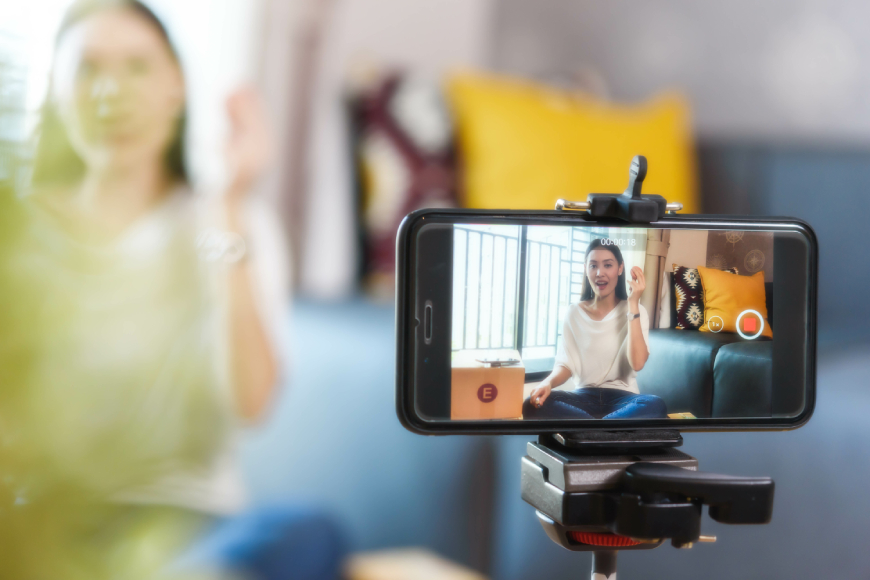
From Generalists to Specialists
Another shift we can expect to see is the ‘niching down’ of influencer content. As the social media sphere becomes more saturated, creators are beginning to cater to more specific niches instead of broad industries, which is why micro influencers (those with 10,000-100,000 followers) and nano influencers (those with 1,000-10,000 followers) are on the rise. For example, where we might have previously seen an influencer sharing generalised beauty tips and guidance, we’re increasingly seeing them focus on more targeted areas, such as curly hair or anti-aging skincare.
Not only are these more niche influencers able to share more precise and clear-cut content than their peers with broader audiences, they can also form closer relationships with their followers, fostering relatability and trust.
Authenticity is Key
Research from Rival Technologies and Reach3 Insights has revealed that many Gen Zs think paid influencer partnerships are “very insincere” or even “annoying”, with some respondents saying they would prefer to see “normal people with normal incomes and lives” promoting products.
The report points out that influencer marketing can of course still work, but that authenticity is key, as younger shoppers are showing a new preference for substance over style. It also emphasises the importance of ensuring that any influencer your brand partners with is a good fit for the product and can create relatable content.
Socio-economic factors such as inflation and the current cost of living crisis should also be taken into consideration. Pairing up with a celebrity-style influencer whose lifestyle is unrelatable to the everyday consumer may make your brand seem insensitive and out of touch if your target market includes those with lower incomes, so be mindful of the types of figures you decide to work with if you want your brand to be represented in the right way.
B2B Marketing & LinkedIn Influencers
It’s often assumed that influencer marketing only applies to B2C brands, but that’s not the case anymore - B2B influencers, particularly on professional networking platforms like LinkedIn, are also on the rise. 75% of B2B marketers are now investing in influencer marketing, with tech brands such as Intel, Zendesk and HootSuite all recently partnering with LinkedIn creators to share content that’s focused on industry-related knowledge, statistics and insights.
Plus, don’t forget you can use your employees as influencers too. Your team members know your business inside out and can therefore promote it more effectively than external creators, amplifying company messages and sharing unique stories that will increase brand awareness.
In fact, 79% of businesses report seeing more online visibility after implementing an employee advocacy programme - and on LinkedIn, employees generally have around 10x more connections than the company they work for, making them the perfect people to sing your brand’s praises and reach out to potential candidates for hire.
Summary
It’s clear to see that influencer marketing has shifted, and will continue to do so throughout the remainder of 2025 and into 2026. While the strategies your brand has previously implemented may not be as effective now as they were before, that doesn’t mean you can’t still achieve some great results from a partnership with the right creator. Just remember to prioritise authenticity and relatability at all times, and ensure that you carry out thorough research before choosing which influencers to reach out to.
Subscribe to relevant newsletters and follow industry-related accounts to stay up to date with the latest trends and changes, and don’t be afraid to switch up your content style or brand tone of voice if you feel it no longer resonates with your target audience. Have you adapted your influencer marketing approach to stay ahead of the curve? Find us on X @3sixfivepro to let us know how it’s going and which methods you’ve found the most beneficial.


